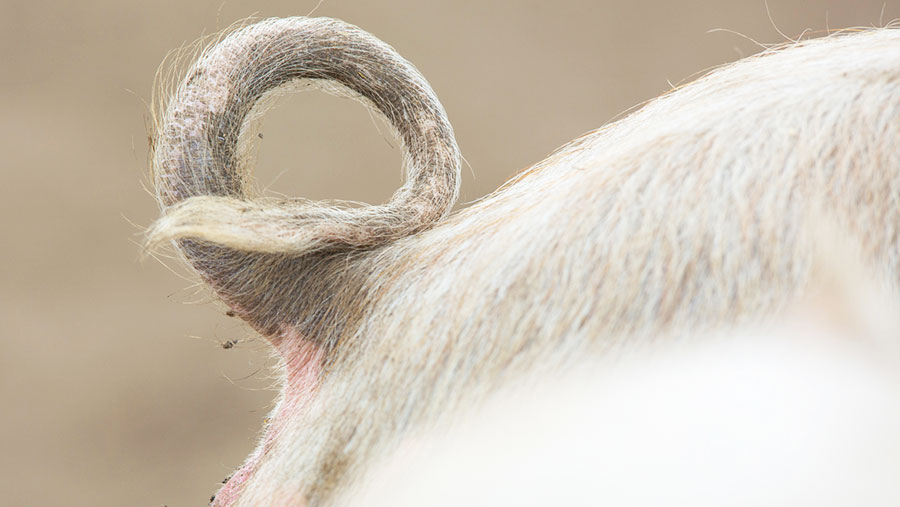Outlook 2016: Pig prices remain under pressure
 © Tim Scrivener
© Tim Scrivener Pig prices will remain under pressure next year due to a further rise in domestic production, unless consumer demand picks up.
Latest forecasts from the AHDB suggest UK output will increase by 2.3% over 2015, which itself could be 4.8% higher than 2014, says Andersons consultant Lily Hiscock.
“Prices have already fallen by about 40p/kg compared with 2014, to a level not seen since 2008. The average pig producer is making a loss after 18 months of positive margins.”
See also: Pig farmers’ share of retail price plummets to 11-year low
While lower pigmeat prices may stimulate additional consumer demand, aided by a strengthening economy, these are hopes rather than expectations, she adds.
Farmers Weekly says…
Rhian Price, acting Livestock editor
- Porcine epidemic diarrhoea virus will continue to be a threat. Although no cases have been detected here, the disease is now notifiable in England. A consultation on the proposal to make it notifiable in Scotland is under way.
- Pig prices are predicted to remain under pressure as a result of the supply and demand imbalance.
- UK pig prices are well above those in most other EU members states, apart from Sweden. The pig price in several main EU competitor countries is lower than 80p/kg (Netherlands and Belgium) and is only just 90p/kg in Denmark.
The stronger pound/euro exchange rate is also having a significant impact on ex-farm values.
“EU imports look cheap and UK exports less competitive. A strengthening dollar has also raised the price of inputs like protein feeds, adding up to 10p/kg to costs – the difference between breakeven and loss for many producers.
“However, more cheap, home-grown pea and bean protein is available, in part stimulated by greening measures.”
Although the UK market remains subdued, the outlook for exports in 2016 remains positive, says Ms Hiscock. Despite the Russian ban on imports, UK exports have grown, with 30% of trade now outside the EU.
Further growth is possible, with pig production in China expected to decline by 6.5%.
Herd performance is the primary factor determining financial returns, says Ms Hiscock. “The industry must continue to focus on increasing productivity through regular replacements, feed efficiency, continued genetic gain and cost control.”
As an example, a business in the top 10% producing more than 28 piglets weaned per sow would have increased income in 2014 by about £80,000 compared with an average producer at 25.8 piglets per sow.
“These top 10% of finishers also have a greater feed efficiency, with a margin over feed of £6 a head above the median,” says Ms Hiscock.

